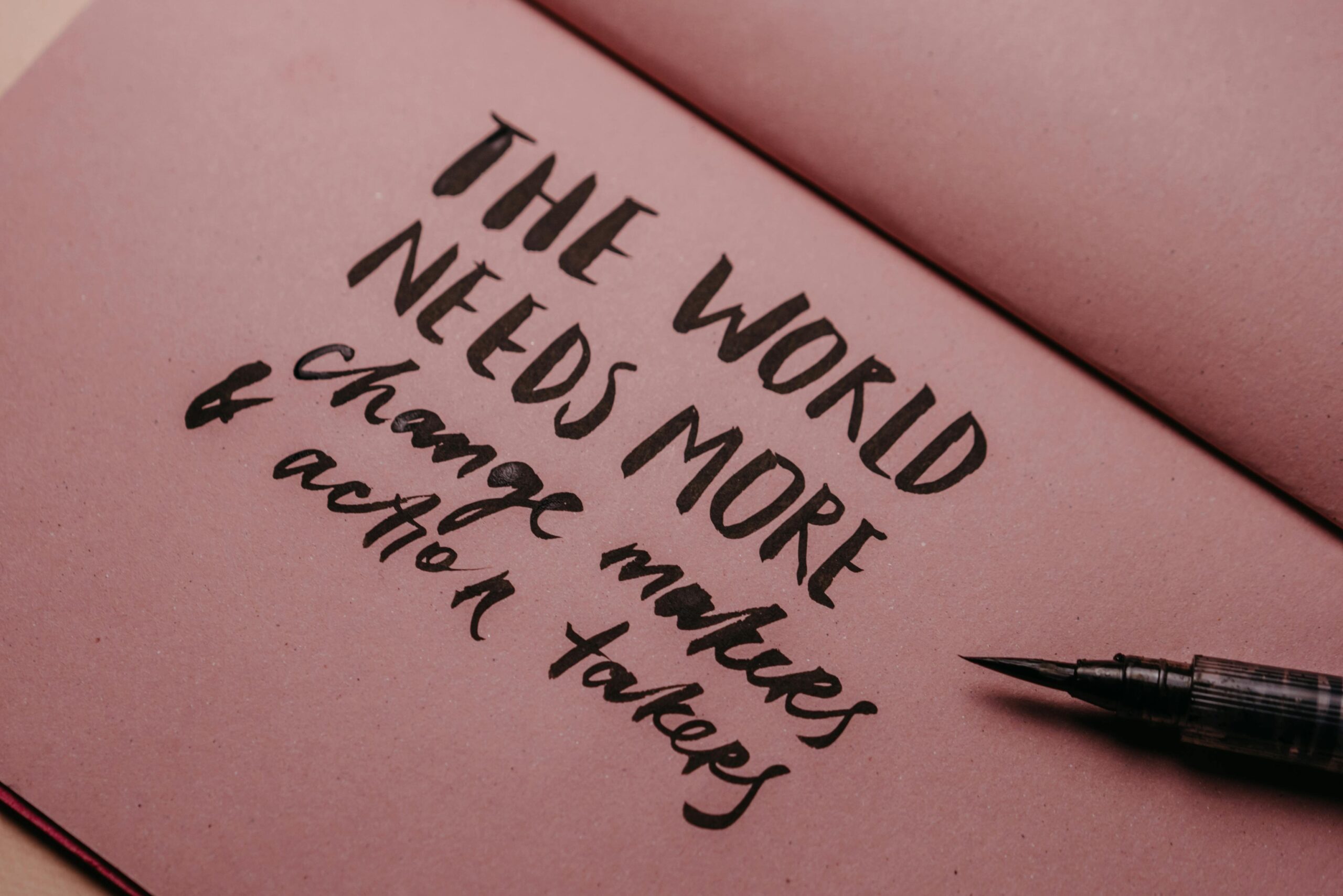1. Cattura l'attenzione con intestazioni grandi a pagina intera Immagina di aprire un libro e…

How to improve Google / SEO in your Web Design process
The word “SEO” holds a lot of weight. We know how critical it is to the success of a website and, yet, it often becomes one of those things that’s left until the very end of a web design project to deal with. Or, worse, it’s pushed onto one person’s plate who likely isn’t capable of doing all that needs to be done. SEO should be a team sport — and that’s what today’s post is all about.
We all have a role to play in the building of a website. Designers create beautiful and interactive interfaces. Copywriters create messaging that gets visitors to take notice and action. Developers bring it all together with code.
But there’s one piece of the puzzle that can’t be handed off to just one person. And that’s SEO.
If you’re building websites for clients and they’re expecting impressive outcomes in the end (i.e. high conversion rates), SEO hasto be part of your process. You can’t just leave it in the hands of your writer or a dedicated SEO and assume that’s enough.
Google is a demanding overlord and we must appease it if we want our websites to reach the top of search. And what that means is taking a well-rounded approach to SEO throughout the lifecycle of the website design and development process.
If you haven’t accounted for this already or you want to make sure you’ve covered all the bases in what you currently do, this post is for you. I’m going to run through when and how SEO needs to enter the picture in your workflow. In addition, I’ve included an SEO checklist at the bottom of this post that you and your team can adapt to your workflow.

SEO for Clients
When you talk to a prospect about what they need your help for, they’re going to focus on the website itself.
“I need a website so I can sell my products online/grow my presence/get new customers.”
But that’s not really what they’re asking for. What they want is a website to help their business get found in Google and to convert visitors, which requires something more complex from you than just slapping together some copy and designs.
You know that the website needs to be optimized for search if the website is to do what the client needs it to. Because of this, it’s going to impact things like cost, timeline and process flow. All of these details should be mapped out on your end as you prepare the proposal.
As for what you actually tell your clients? This is where things get tricky.
You have to somehow address SEO with your prospect 1) to set the right expectations and 2) to justify what you’re about to propose to them in terms of scope and cost. The only problem is, some clients might know the term “SEO”, but they don’t really understand what it entails.
The conversation could quickly devolve into something like this:
You: [You explain the details of your design offering and mention that SEO is part of it.]
Client: “Oh, great. I have a list of 20 keywords I want included in every page.”
You: “Well, that’s not really what search engine optimization is. If you want your website to perform well, you need to pay attention to things like caching, security and mobile-first design.”
Client: “What are you talking about? Cashing? What even is that? I thought you said you do SEO. I want to rank for these 20 keywords.”
It’s your job to get clients the results they need, not to try and explain to them the technicalities of how you do it. That’s why they’re paying you to do this, after all. So, here’s what I’d recommend for your proposal and early discussions with clients.
The goal is to get them onboard with your search-optimized web design services and perhaps even ongoing maintenance and support afterwards. To do that, you have to clearly convey the benefits without getting them wrapped up in the technicalities of SEO.
Work in Tandem with the Copywriter
Even if a professional copywriter is creating the content for your website, if you’re not working closely with them from the start, there could be problems.
Web design agencies often debate the merits of content-first website development vs. design-first. The truth is, they should be created together. If you don’t, you put the whole project at risk.
For starters, a writer and designer working in isolation are bound to come up with different ways to handle style and layout. But if you establish guidelines from the get-go (which you can easily do with wireframes), you can avoid any disjoint in how the copy and design are created.

SEO DURING DESIGN AND DEVELOPMENT
This, obviously, is the most important and labor-intensive stage for you. And while it’s easy to get wrapped up in designing and coding, it’s important not to lose sight of SEO here.
What I’d recommend is creating a universal SEO checklist you can use from project to project. If you account for every possible optimization now, you can take the guesswork out of SEO. Plus, a checklist allows you to become better acquainted with everything that needs to be done, which will enable you to find more efficient ways of building search optimizations into your process.
To help you along, I’ve created the following SEO checklist. Feel free to copy and use for your own needs:
- Technical SEO
- Web hosting with 99.9%+ uptime
- Domain with clean web history
- SSL certificate installed
- Firewall implemented
- Caching enabled (page, browser, object, etc.)
- Image compression and resizing (in-house system or automated)
- Automated backups
- Google Analytics account connected
- Google Analytics goal tracking, ecommerce tracking and other special tracking enabled
- Google Search Console account connected
- XML sitemap set up and submitted to Google
- Separate sitemap submitted for images and for videos
- Robots.txt set up
- Schema.org markup (when relevant) written
- Design SEO
- Information architecture mapped out
- Responsive web design
- Mobile-first web design
- 1 clear CTA per page
- Custom 404 page set up
- All links, buttons and forms tested and working
- On-page SEO
- 1 unique focus keyword per page
- Focus keyword density between 1-3%
- 50-60 character meta title including the focus keyword
- 150-160 character meta description including the focus keyword
- Short but descriptive slug including the focus keyword
- Error-free content
- At least 1 relevant internal link per page
- Featured image for each page
- Descriptive alt text for each image
- Header tags used (focus keyword included in at least 1)
- Headers appear every 300 words or so
- Sentences stretch no more than two lines
- Paragraphs stretch no more than five lines
- Duplicate content analysis
- Plagiarism check
- Local SEO
- Google My Business page set up
- Geo-specific keywords included
- Location-specific pages created (when relevant)
- Contact information provided (e.g. phone number, address, etc.)
- Ongoing SEO Support
- Web server uptime, speed and security analysis
- Page speed testing
- Security monitoring
- Google blacklist monitoring
- Keyword rank monitoring
- Broken link checking
- Software updates


